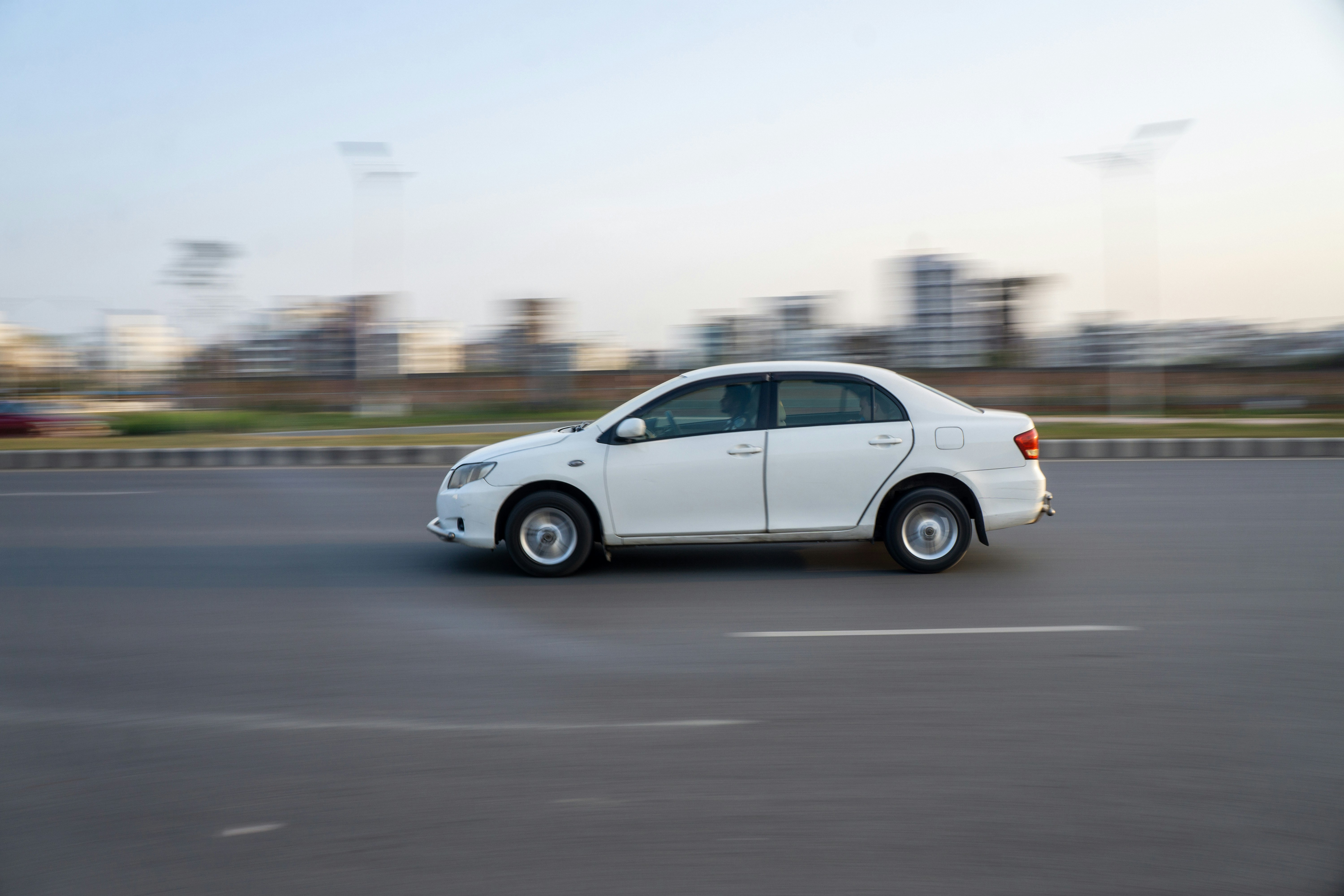Once you’ve recognised the need foradditional training for your staff, there are often two ways of approaching it: assessing the data and evaluatingthe risk.
Rolling out training with staff who have already been involved in incidents seems like a good step to mitigate risk—and it is. But when thinking about driver training, it’s also worth thinking about reducing the risk of incidents happening in the first place.
Here are a few factors to consider:
- Who spends the longest hours on the road? Who drives in difficult conditions?
- Are there drivers who haven't driven in a long time, haven’t had much practice, or are new to driving on Australian and New Zealand roads?
- Has anyone expressed particular anxiety with driving, or conversely, seems overly confident and believes there is nothing more to learn?
These drivers may be at a higher risk of an incident, so introducing training for these higher-risk drivers can mitigate risk and prevent an incident before it happens.
Introducing training after an incident
There’s nothing wrong with introducing training after an incident—in fact, we encourage it! However, how you communicate the training will be important. If staff view the training as a punishment, they’re less likely to benefit from it. Instead, presenting the training in a neutral or positive way, participants are likely to get more out of the course.
In the long term, driver training is proven to reduce dangerous and costly events before they occur and provide benefits for drivers whenever they are on the road.
What are you doing to mitigate on-road risk?
Whether you want to provide training for your most ‘at risk’ drivers’, or implement a company wide training scheme, Fleetcoach makes it easy with its online, seat-based subscription options. Learn more about our plans here.





.png)


